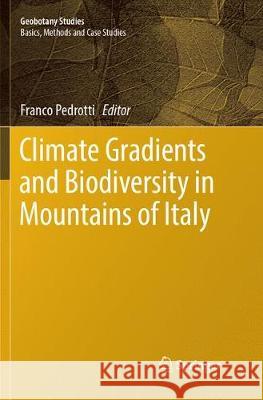Climate Gradients and Biodiversity in Mountains of Italy » książka
topmenu
Climate Gradients and Biodiversity in Mountains of Italy
ISBN-13: 9783319885216 / Angielski / Miękka / 2018 / 198 str.
Climate Gradients and Biodiversity in Mountains of Italy
ISBN-13: 9783319885216 / Angielski / Miękka / 2018 / 198 str.
cena 539,74 zł
(netto: 514,04 VAT: 5%)
Najniższa cena z 30 dni: 535,99 zł
(netto: 514,04 VAT: 5%)
Najniższa cena z 30 dni: 535,99 zł
Termin realizacji zamówienia:
ok. 20 dni roboczych.
ok. 20 dni roboczych.
Darmowa dostawa!
Kategorie:
Kategorie BISAC:
Wydawca:
Springer
Seria wydawnicza:
Język:
Angielski
ISBN-13:
9783319885216
Rok wydania:
2018
Wydanie:
Softcover Repri
Ilość stron:
198
Oprawa:
Miękka
Wolumenów:
01











